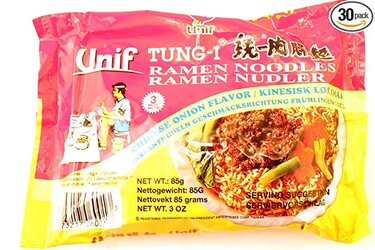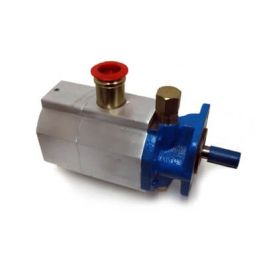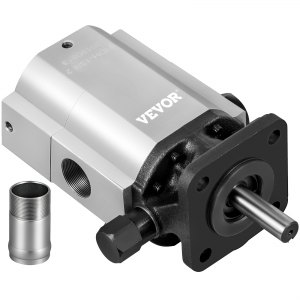Ok cool. So I’ll buy a pair of those from TSC next time I’m there.
The next thing I need for the cylinder are two new 1” pins. The pin that mounts the cylinder to the pusher is pretty bent. Almost to where I can’t get it through anymore. That one is only 4” wide I think.
The pin that mounts the other end is one I need to get regardless, since the other cylinder wasn’t mounted that way before. It needs to be about 7” wide. The cylinder mounting area is 4 1/4” wide.
So I’ve been looking at different pins at TSC and online. Most of them that are 7” long also have a handle at the end. Is my best bet to get one of these and cut the handle off? Or maybe just leave the handle on and put a clip or cotter pin at the other end.
They also have 7” long grade 8 bolts at TSC. Maybe use one of these as a pin? I think the threads would make it weaker though.
The next thing I need for the cylinder are two new 1” pins. The pin that mounts the cylinder to the pusher is pretty bent. Almost to where I can’t get it through anymore. That one is only 4” wide I think.
The pin that mounts the other end is one I need to get regardless, since the other cylinder wasn’t mounted that way before. It needs to be about 7” wide. The cylinder mounting area is 4 1/4” wide.
So I’ve been looking at different pins at TSC and online. Most of them that are 7” long also have a handle at the end. Is my best bet to get one of these and cut the handle off? Or maybe just leave the handle on and put a clip or cotter pin at the other end.
They also have 7” long grade 8 bolts at TSC. Maybe use one of these as a pin? I think the threads would make it weaker though.






